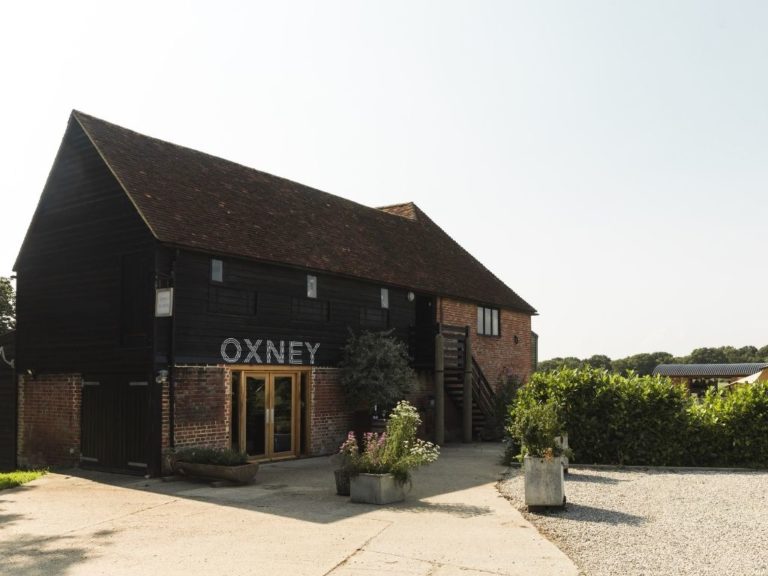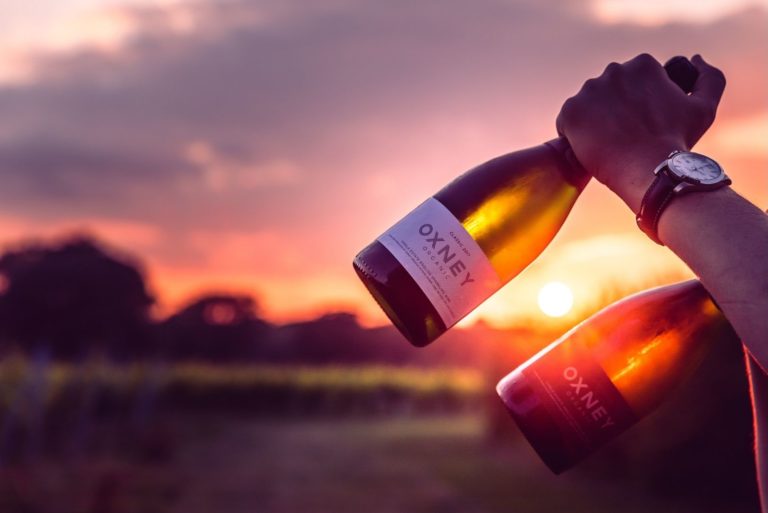
Three Rivers and a Citadel: Rye’s Quiet Hinterland
Story | Art | Landscape | Wine

If you’ve visited a vineyard, chances are it was in the summer, when the vines were bursting with thrusting shoots, verdant leaves and quietly ripening grapes. The sun shines, life abounds and wine lovers’ Instagram feeds are a sea of green. This is the glamour time.
Things are very different in the winter. By January, our vineyards are a solemn tangle of bare twigs clinging to kilometres of trellising wires. The sap has fallen below the ground, the vines are dormant and visitors get to experience a very different side to our estate.
Even in the depths of winter, vineyards are a hive of activity. This is when we don our gloves and woollies, take up our secateurs and crack on with the first critical job in the viticultural calendar: pruning.

In simplest terms, we prune to control how the vine grows. Grapes only grow from new shoots on the vine, so the main reason to prune is to remove last year’s growth (called canes) and leave the new buds free to start work on the year’s precious fruit.
How do we decide what goes and what stays on the vine? That decision is based on how much healthy fruit we think our vines can successfully ripen. We assess each individual vine one at a time, choosing the healthiest cane to support next year’s growth, then prune it down gently to give us the right number of buds while maintaining peak vine health.
Our aim is to leave just enough buds to produce just enough shoots to produce just enough fruit. We want all of our vines to start the summer growing a lovely big canopy of leaves – the engine of photosynthesis. But then, once the grapes start to grow, we want the plant to divert all the sugars produced by photosynthesis into them, so that they’re perfectly ripe come the autumn harvest.
In England, where we’re at the northerly climatic limit of grape-growing, we tend to train our vines high to give a large ‘leaf wall’ that catches as much sunlight as possible to aid the ripening process. This outcome is one of the key factors taken into account during pruning.
Knowing your vines and your growing conditions is the key to making the right decisions around pruning. Choosing the wrong cane or leaving the wrong number of buds can play havoc with the quantity and/or quality of grapes you find yourself with at harvest. As with so much in the vineyard, getting it right is a delicate balancing act between nature and knowledge.

At Oxney, we’re happy to sacrifice quantity in pursuit of quality. We’re firm believers in the old adage that you can’t make a good-quality wine from poor-quality grapes. So where others will maybe leave an extra bud on their canes, hoping to nudge up their yield when harvest comes around, our focus is purely on giving our grapes the best chance to concentrate their flavours to the fullest potential. We prune smart to grow better and year after year we’re delighted with the results of our cold, hard winter work.
So, while you’re safely tucked up at home against the worst of the weather, do spare a thought for us clipping away at our organic vines, all 54,000 of them. It’s one of the most arduous tasks in the vineyard, but undoubtedly one of the most important… and ultimately satisfying.
The quality of the coming vintage rests on many factors that we can’t possibly predict yet. But the potential for greatness in 2022 relies in the first instance on the pruning we’ll do over the early weeks of the year. We’ll finish up the frozen feet, aching arms and stiff fingers, but very content in the knowledge that the new growing season is officially up and running.
Discover Oxney’s range in three mixed cases this winter:
…that’s your festivities covered this season!